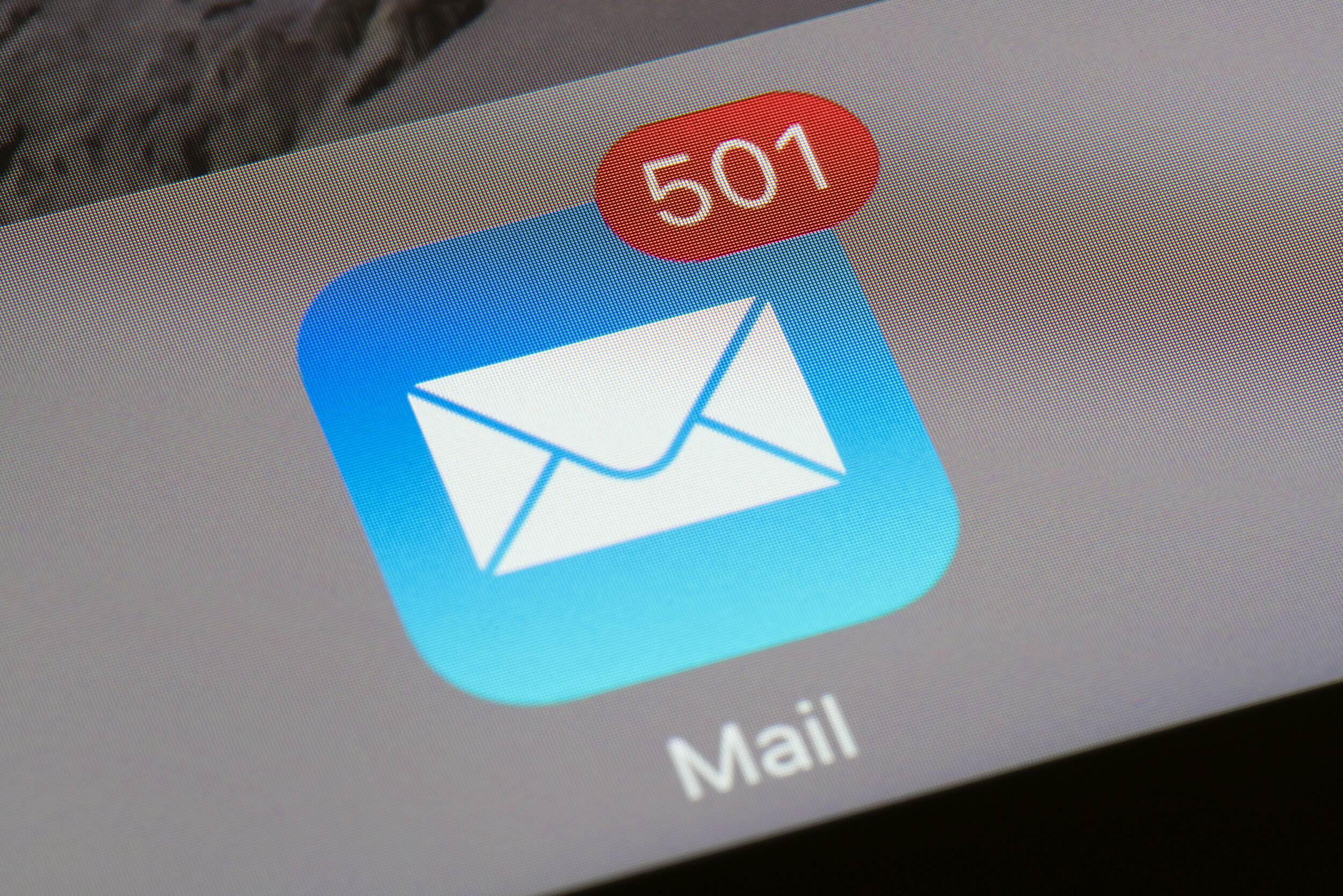A World Without Email – Book Recommendation
I find email inefficient for most types of communication.
In fact, I’ve designed my entire company to limit the amount of emailing required by our team as well as our clients.
At Knapsack, we follow these principles to decrease emails:
Designs are presented via video call
Feedback is gathered via video call
Changes to designs are made live with the client
Individual email addresses are not provided to clients
All critical email is routed through one person on our team
We don’t use email for internal communication
I recently stumbled across Cal Newport’s new book, A World Without Email, through an interview, and I was floored!
Finally! Someone who is able to put into words the problems I instinctually feel about using email! The problems he pointed out with how most people use email (and the solutions he provides) instantly resonated with me.
Here are 3 reasons I recommend A World Without Email:
1. It makes a compelling argument for why email is wasting our time and making us unhappy
Cal does an exceptional job of diving into the scientific reasons that our brains aren’t designed to interact with the sheer quantity of communication that we now receive.
He also covers the idea of how much energy it takes to context-switch (between email and your real work) and how true multi-tasking is impossible.
2. It acknowledges that there is a place for email, but that it has gotten out of control
I appreciate that Cal is able to put into words the good side of email as well. There is a reason it is so popular! Email is fast, cheap, convenient, and asynchronous. It’s a great way of broadcasting information to people.
Because it is so convenient, people often send emails about partially-formed ideas or quick thoughts, which can lead to multiple back-and-forth emails and interrupt both parties from doing important work. In the end this often takes more time than having one phone call or scheduled meeting.
3. It presents practical ways to replace emails with better workflows
In the book, Cal coins the term “hyperactive hive mind workflow” to describe the typical frenzy of emails sent throughout the day between the typical office worker and their coworkers or clients.
He shows examples of other alternative workflows that can save time and increase focus:
Kanban board software through which your team can organize how work is done. Apps like Trello, Asana, or Flow can help your team focus more on doing the work rather than coordinating how the work is done. Comments can be made on each task as it moves through the workflow. This keeps things organized and eliminates context-switching.
Scheduling software such as Calendly and Acuity can help eliminate back-and-forth emails regarding when to meet.
Daily scrum meetings in which members of your team can answer the questions: What did you do yesterday, what will you do today, and are there any impediments in your way.
Office hours in which you can make yourself available to answer questions from colleagues or clients. This can be physical office hours or virtual office hours via video chat. This can eliminate unnecessary emails and encourage more face-to-face communication.
If any of this sounds interesting or helpful to you, I highly recommend reading A World Without Email.
As for me, I’m already rethinking even more of our processes and how we can help eliminate unnecessary email communication for our team, and for our clients.



